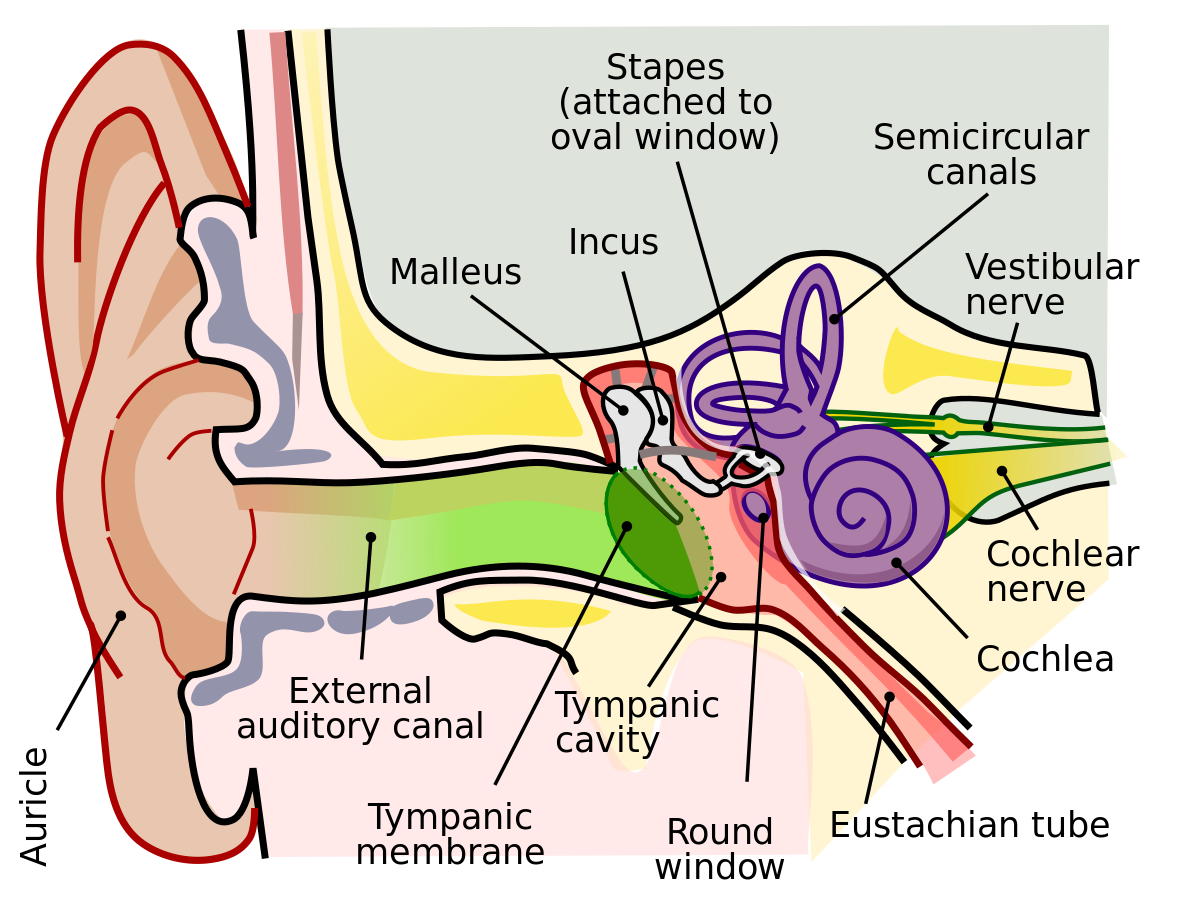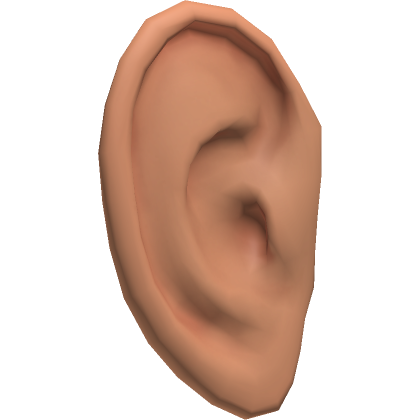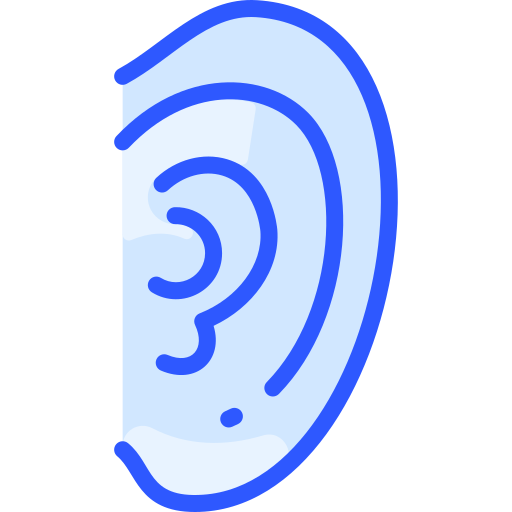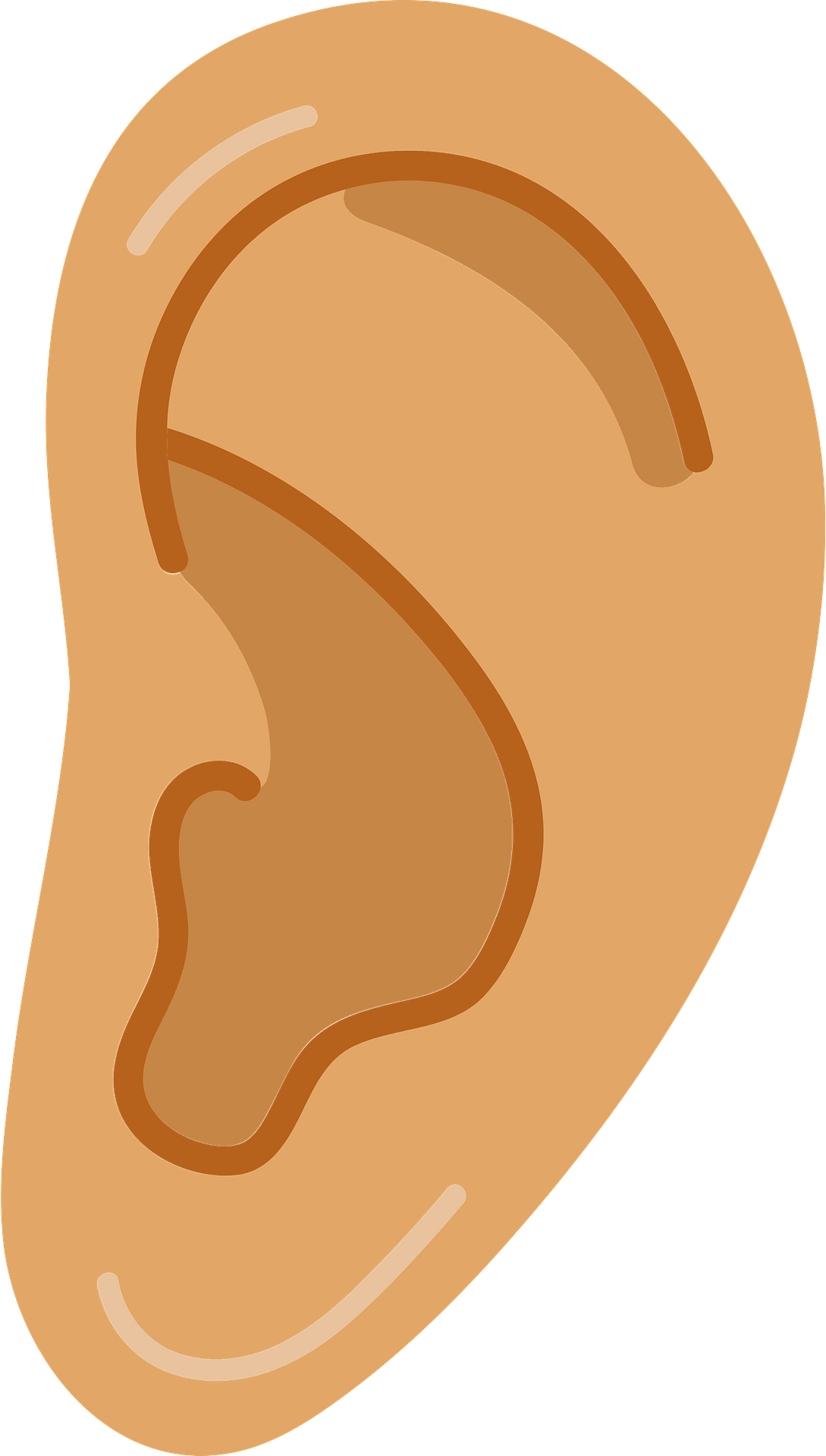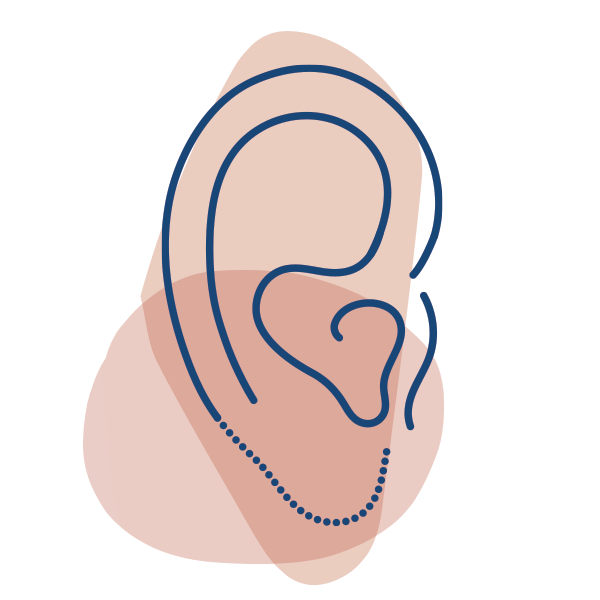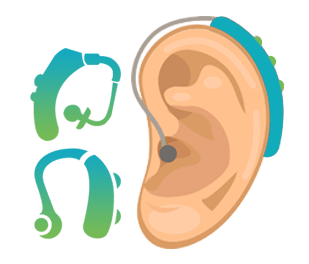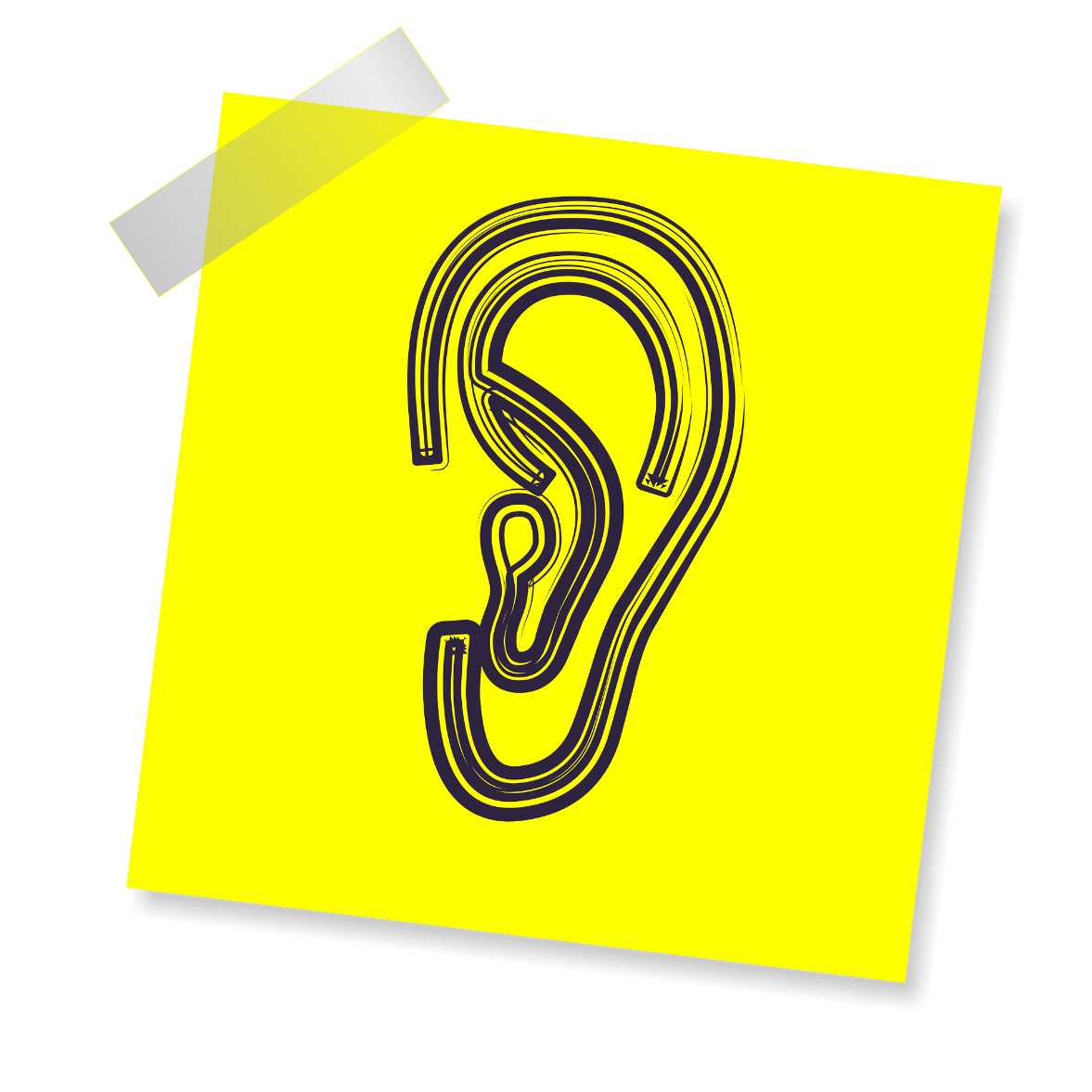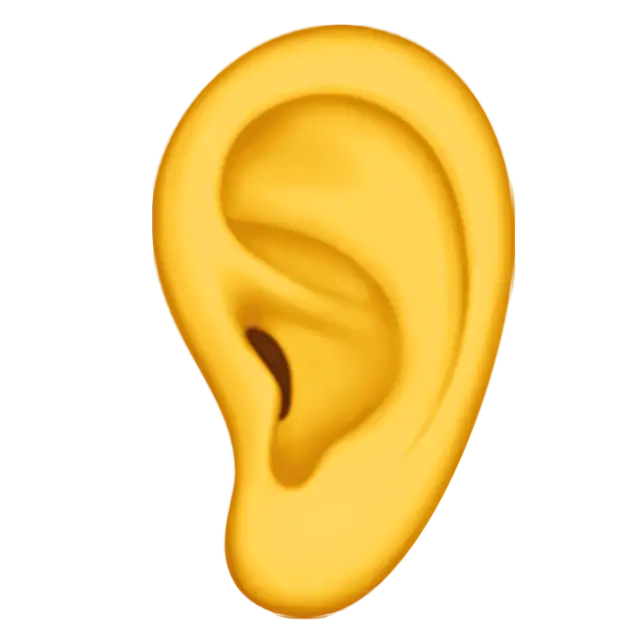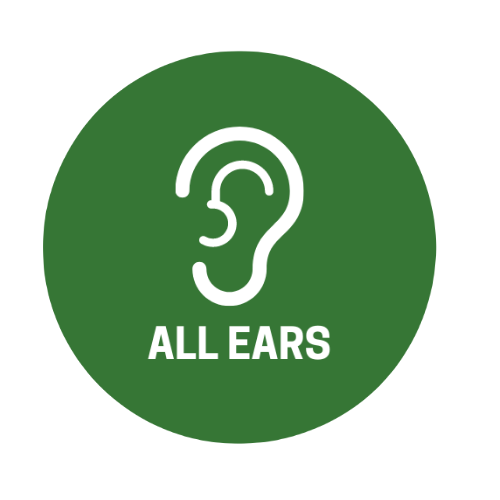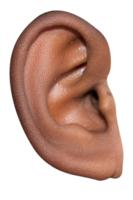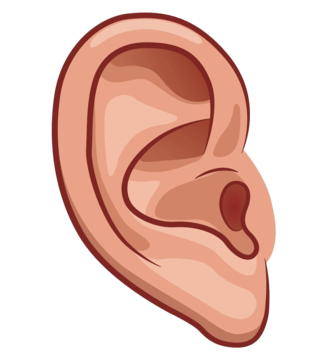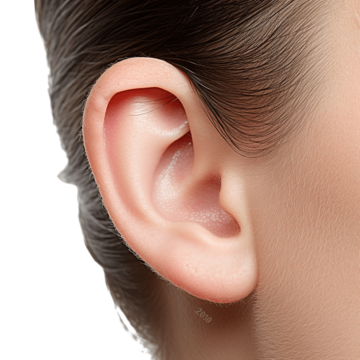Download top and best high-quality free Ears PNG Transparent Images backgrounds available in various sizes. To view the full PNG size resolution click on any of the below image thumbnail.
License Info: Creative Commons 4.0 BY-NC
Our ears are one of the five senses that allow us to experience the world around us. They are intricate and complex structures that allow us to hear, detect sounds, and maintain our balance. Ears come in different shapes and sizes, but they all share the same basic structure and function. In this article, we will explore the different parts of the ear, how they work, and common ear-related problems.
Parts of the Ear
The ear is divided into three main parts: the outer ear, the middle ear, and the inner ear. Each of these parts plays a specific role in the hearing process.
Outer Ear
The outer ear is the visible part of the ear that extends from the head. It consists of the pinna, the ear canal, and the eardrum. The pinna, also known as the auricle, is the curved part of the ear that collects sound waves and directs them into the ear canal. The ear canal is a narrow, tube-like structure that leads to the eardrum. The eardrum is a thin, membrane-like structure that vibrates when it is struck by sound waves. It separates the outer ear from the middle ear.
Middle Ear
The middle ear is a small, air-filled space located behind the eardrum. It contains three small bones known as the ossicles: the malleus, incus, and stapes. These bones are responsible for transmitting sound vibrations from the eardrum to the inner ear. The middle ear also contains the Eustachian tube, which connects the middle ear to the back of the nose and helps to equalize air pressure.
Inner Ear
The inner ear is the deepest part of the ear and consists of the cochlea, vestibular system, and auditory nerve. The cochlea is a fluid-filled, snail-shaped structure that converts sound vibrations into electrical signals that are sent to the brain. The vestibular system is responsible for maintaining balance and spatial orientation. It consists of three semicircular canals and two otolith organs. The auditory nerve is a bundle of nerve fibers that carries signals from the cochlea to the brain.
How Ears Work
The ear works by capturing sound waves, converting them into electrical signals, and sending them to the brain, where they are interpreted as sound. This process is called the hearing process and consists of several steps:
- The pinna collects sound waves and directs them into the ear canal.
- The sound waves travel down the ear canal and strike the eardrum, causing it to vibrate.
- The vibrations are transmitted through the ossicles to the cochlea.
- The cochlea converts the vibrations into electrical signals, which are sent to the brain via the auditory nerve.
- The brain interprets the electrical signals as sound.
Common Ear-Related Problems
There are several problems that can affect the ears, including:
Hearing Loss
Hearing loss is a common problem that affects millions of people. It can be caused by a variety of factors, including aging, exposure to loud noise, ear infections, and genetic factors. Hearing loss can be mild or severe and can affect one or both ears.
Tinnitus
Tinnitus is a ringing, buzzing, or other noise in the ears that is not caused by an external sound. It is a common problem that can be caused by a variety of factors, including exposure to loud noise, ear infections, and age-related hearing loss.
Ear Infections
Ear infections are common in both children and adults. They are usually caused by bacteria or viruses and can cause pain, swelling, and fluid buildup in the ear. Ear infections can be treated with antibiotics or other medications.
Vertigo
Vertigo is a feeling of spinning or dizziness that can be caused by problems in the inner ear or brain. It can be a symptom of several different conditions, including Meniere’s disease, labyrinthitis, and benign paroxysmal positional vertigo (BPPV).
Conclusion
Ears are essential for hearing, balance, and spatial orientation. They are complex structures that consist of the outer ear, middle ear, and inner ear, each of which plays a specific role in the hearing process. Common ear-related problems include hearing loss, tinnitus, ear infections, and vertigo. If you experience any problems with your ears, it is important to see a doctor or audiologist for proper diagnosis and treatment.
Download Ears PNG images transparent gallery
- Ears PNG Clipart
Resolution: 1200 × 911
Size: 350 KB
Image Format: .png
Download
- Ears PNG Images
Resolution: 420 × 420
Size: 76 KB
Image Format: .png
Download
- Ears PNG Photo
Resolution: 512 × 512
Size: 28 KB
Image Format: .png
Download
- Ears PNG Cutout
Resolution: 1089 × 1920
Size: 57 KB
Image Format: .png
Download
- Ears PNG Image
Resolution: 600 × 600
Size: 19 KB
Image Format: .png
Download
- Ears
Resolution: 309 × 264
Size: 14 KB
Image Format: .png
Download
- Ears PNG Photos
Resolution: 1177 × 1177
Size: 88 KB
Image Format: .png
Download
- Ears PNG Picture
Resolution: 640 × 640
Size: 194 KB
Image Format: .png
Download
- Ears Transparent
Resolution: 500 × 500
Size: 34 KB
Image Format: .png
Download
- Ears PNG File
Resolution: 133 × 200
Size: 33 KB
Image Format: .png
Download
- Ears PNG
Resolution: 328 × 360
Size: 63 KB
Image Format: .png
Download
- Ears PNG Pic
Resolution: 360 × 360
Size: 252 KB
Image Format: .png
Download
